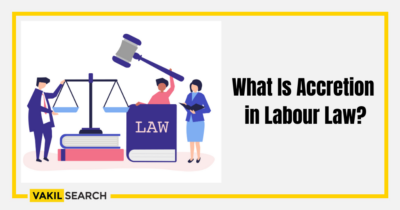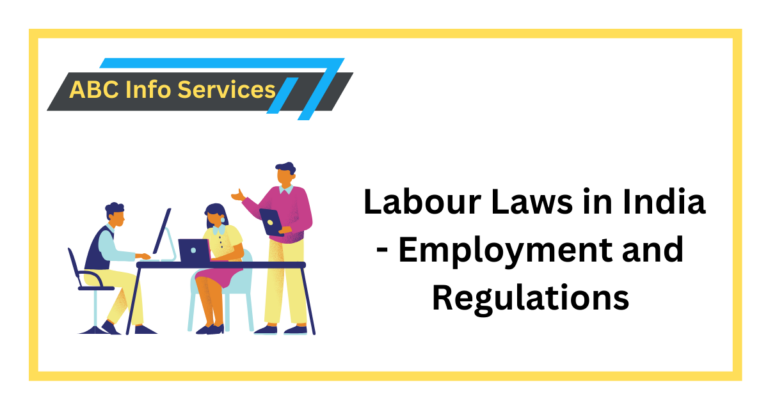In this article we will discuss how to structure pay packages for your employees in the best possible manner so that your employees can leverage the tax benefits
Employers often find it difficult in structuring their employees pay as they have to consider various components of the salary and also abide by the rules framed for maintaining a standard pay structure for the benefit of the employers as well as the employees. The company must always make sure to sync the pay structure with that of the existing labour market to retain the employees and to restrain themselves from paying too much and increasing their own tax liability.
There are various types of structuring the payrolls depending on the hierarchy of the employees and the job requirements. Be it a senior level employee or a junior level employee, the basic aim of structuring the salary is to provide them with more take-home salary amount along with a lesser tax burden.
Objectives Of Having A Structured Your Employees’ Pay
There are many benefits to structuring your company’s payroll. But the key benefits are as follows:
Tax Efficiency: The salary given must be in such a way that the employees can save as much tax as possible and also be able to deduct a reasonably high amount of taxes too.
Lower Employer Liability: The employer company must be benefited with lesser liability for PF, Gratuity, etc. in the employee’s pay.
Compliant: The pay must be structured such that it is compliant with the PF laws and follows the limit for minimum wages.
Components Of Structured Your Employees’ Pay
The pay structure must consist of a fixed salary, variable salary, reimbursements and contributions. These four major components are spread across in the form of various smaller components that are a part of the basic framework of the salary structure of an employee. The following is a skeletal frame of the fundamental pay structure.
-
Basic salary + Dearness allowance:
The basic component is considered to be the core of the salary structure and comprises up to 40-45% of the CTC ( Cost To Company). The DA on the other hand comprises up to 5% of the total CTC and both of them have an effect on the PF, Gratuity, etc. If this component is too high, it will increase the tax liability of the employees and if its too low the employer will not be able to meet the minimum wage limit set up by the respective state government.
-
House Rent Allowance (HRA):
Employees staying in rented accommodations are eligible to leverage a certain amount for the rent amount, depending on the type of locality they live in. In case of metro, the employee can levy 50% of the basic and in case of non-metro, the employee can levy up to 40% of the basic as HRA.
-
Leave travel allowance (LTA):
The employee can remunerate their travel expenses when they are on a vacation within India. It has its own tax benefits as the employees can remit their expenditure during the travel and deduct taxes for the same. However, there are certain conditions as to availing the LTA for the employer which should be borne in mind.
-
Education allowance:
This amount is given for the employee’s child’s education fees and it can be used for tax deductions up to ₹ 300 per month for up to two children. However an employee can only get ₹ 2400 per a year towards the education fund.
-
Miscellaneous:
There are other components such as Special allowance, conveyance allowance, medical allowance, etc. that ought to be considered according to the job requirements of the employee.
Apart from these fundamental components of an employee’s salary, there are certain deductions made that determine the gross take-home salary of the worker. Some common deductions made in the CTC are:
-
Provident Fund(PF):
It comprises 12% of the basic+ DA+ special allowance.
-
Employees State Insurance Corporation (ESIC):
It amounts to not more than ₹ 21,000. The employers contribute up to 4.75% and the employees contribute 1.75% of the gross salary.
-
Professional Tax:
These taxes are levied in only a certain particular state of India on salaried employees and it differs from state to state.
-
Labour Welfare Fund:
These funds are contributed by both the employee and the employer for the benefit of the labour class. It also varies from state to state like the professional taxes.
Conclusion
It is initiatives like these that attract talented work resources to a company. And making sure that the employee is left with as much disposable income in hand as possible is also generally considered good from an economic standpoint because then they can spend more, providing the juice for spurring supply and demand and in turn boosting the economy as a whole.
Also, Read:










